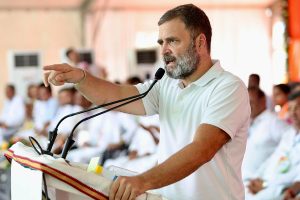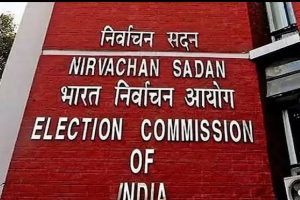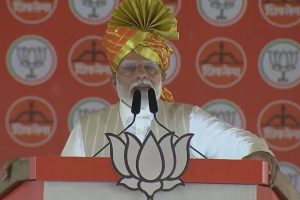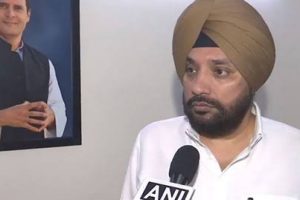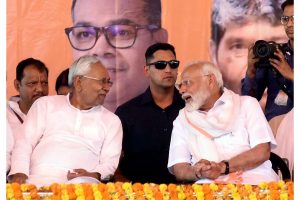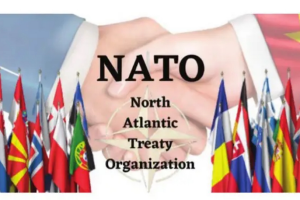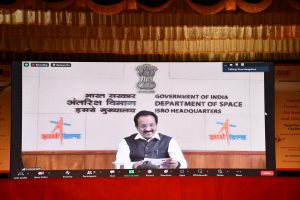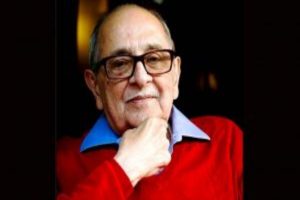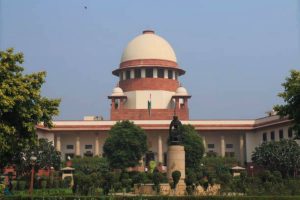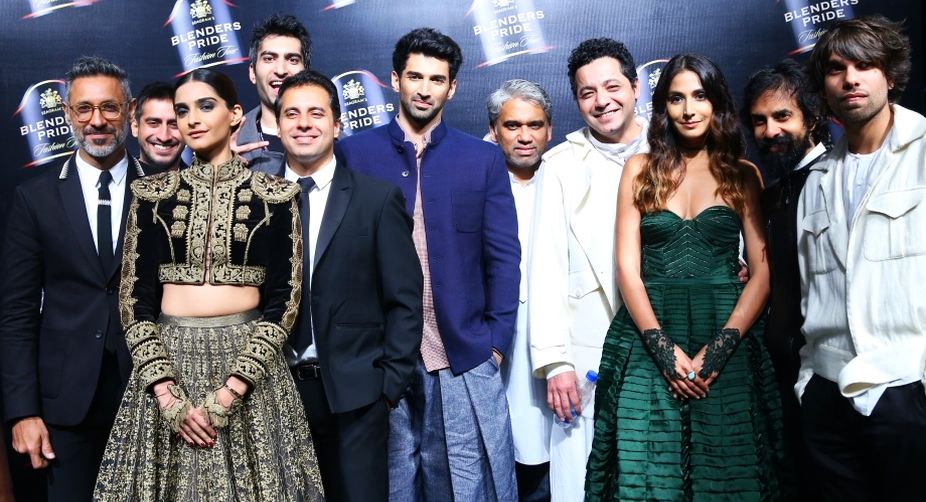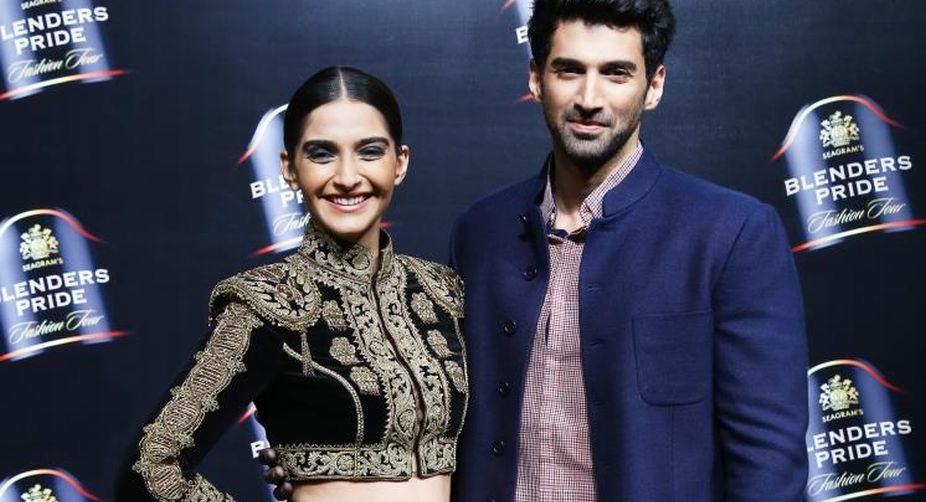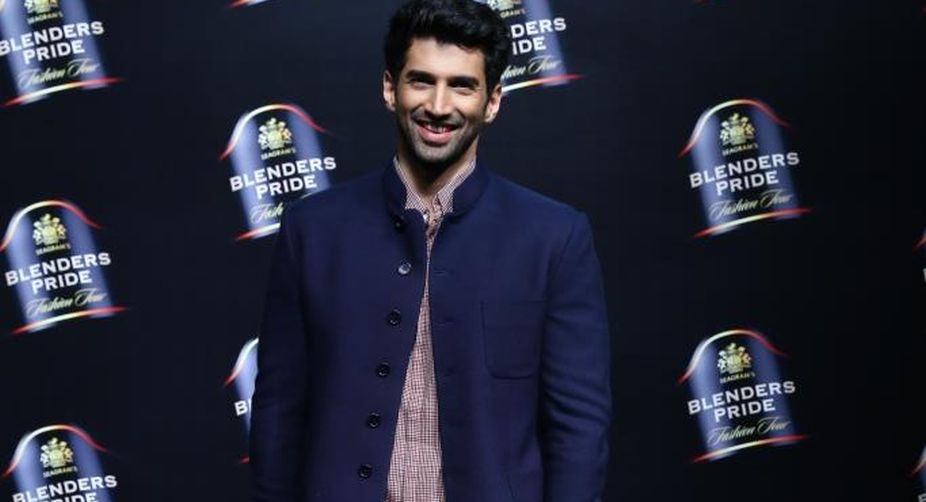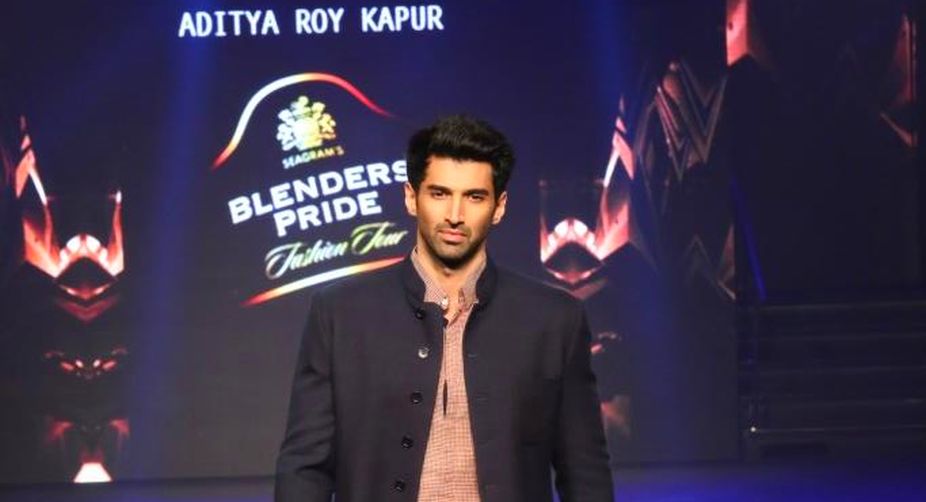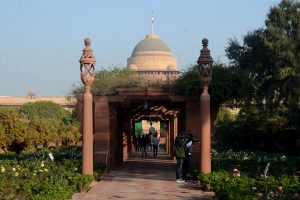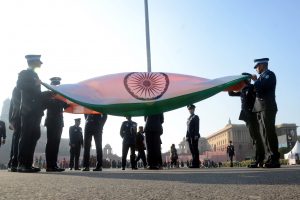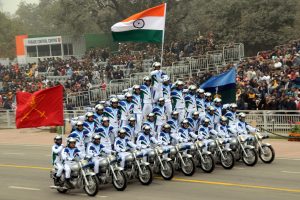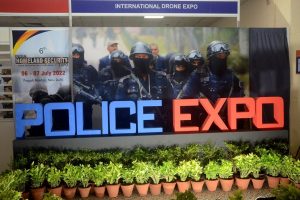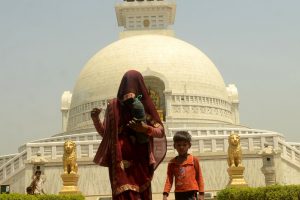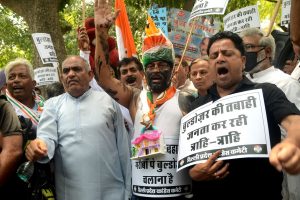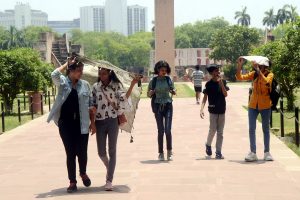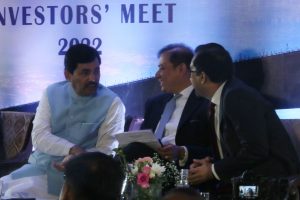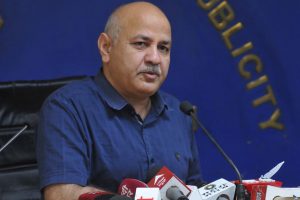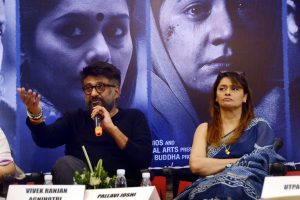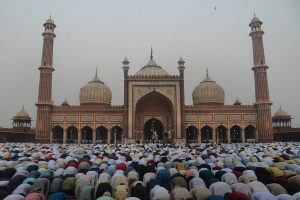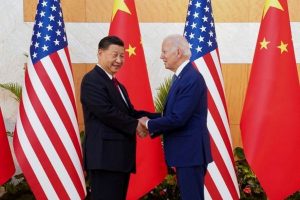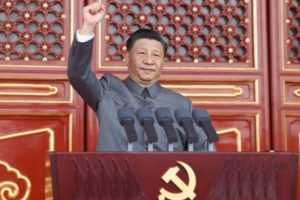Modi, Qatar PM hold delegation-level talks
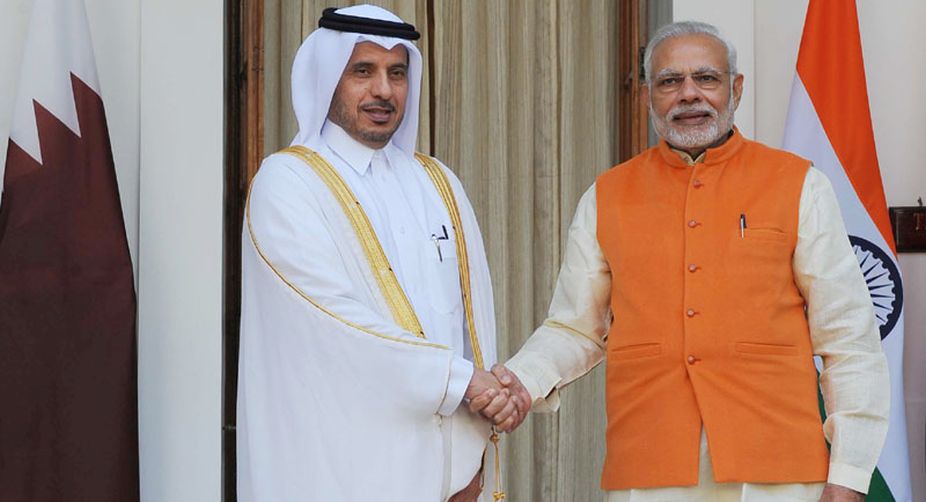
Prime Minister Narendra Modi with Qatar Prime Minister Sheikh Abdullah bin Nasser bin Khalifa Al Thani, at Hyderabad House, in New Delhi (Photo: PIB)
Felicity Jones learned kung fu for her ‘Star Wars’ role

Felicity Jones (PHOTO: Facebook)
5 hurdles to Modi’s push for cashless economy

Representational image (Photo: Getty Images)
Relatives of missing MH370 take search into their ‘own hands’
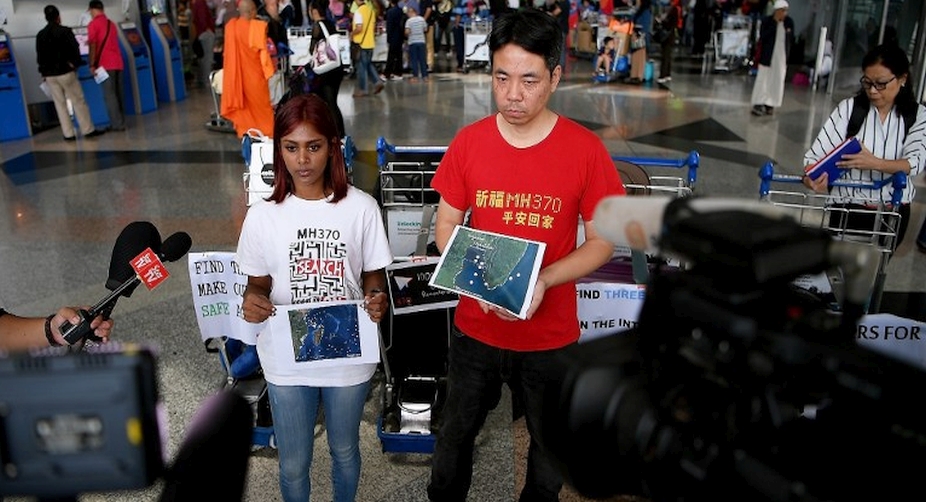
Relatives of missing MH370 passengers before heading to Madagascar. (Photo: AFP)
Giant galaxies born in cosmic ocean of cold gas
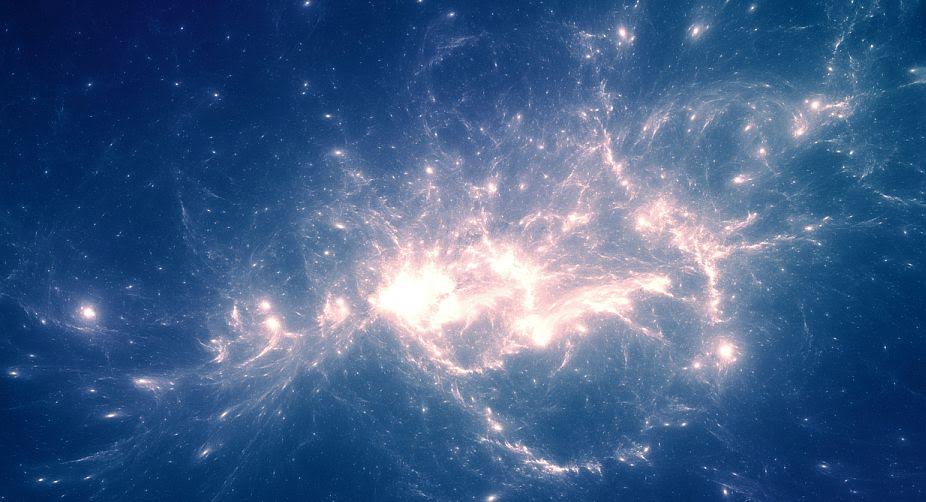
(Photo: Getty Images)
Alia a big star, doesn’t get time to meet: Rahul Bhatt

Alia Bhatt (PHOTO: Facebook)
Prayer meeting held for Bhopal gas tragedy victims in MP

Representational image (Photo: Getty Images)
Photo
MORE Photo STORIES
Photo
MORE Photo STORIES
Photo
MORE Photo STORIES
United Nations is ‘linchpin’ of post-World War II order, says Obama
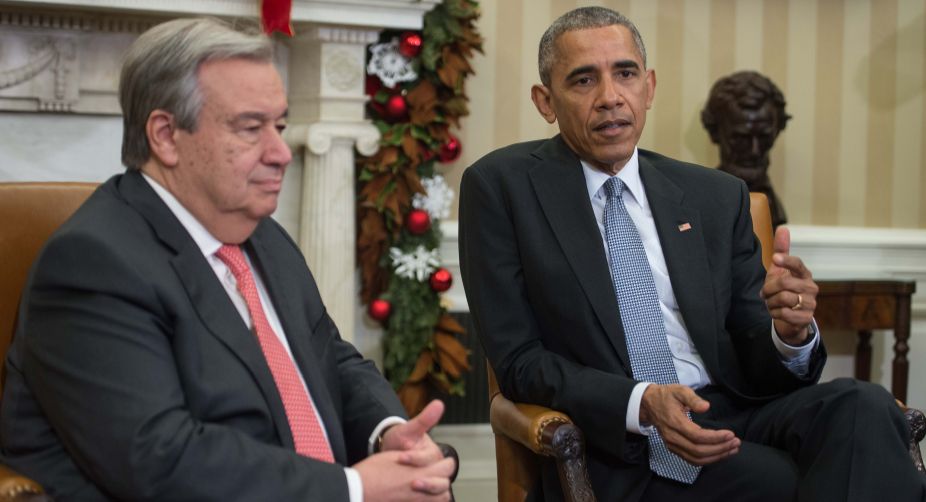
US President Barack Obama meeting UN Secretary-General-designate Antonio Guterres at the White House (Photo: AFP)
LEDs to be made mandatory in off-grid solar programme: Official

(Photo: Getty Images)
Xi Jinping meets Henry Kissinger, discusses US-China ties
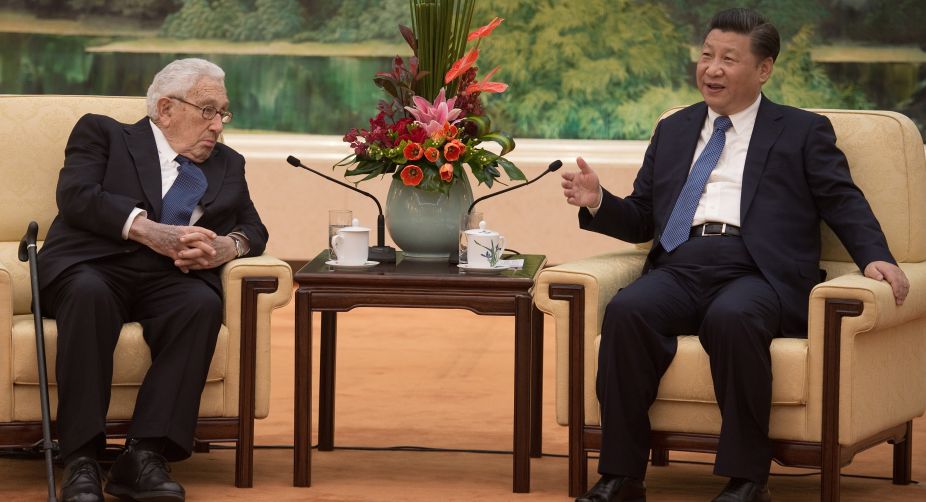
Former US Secretary of State Henry Kissinger (L) with China's President Xi Jinping (R) (Photo: AFP)
Sleep loss may take a toll on your heart

(Photo: Getty Images)
Too little sleep may take a toll on your heart, say scientists who found that working in high-stress jobs that often require 24-hour shifts and lead to short-term sleep deprivation may increase blood pressure and heart rate.
People who work in fire and emergency medical services, medical residencies and other high-stress jobs are often called upon to work 24-hour shifts with little opportunity for sleep.
While it is known that extreme fatigue can affect many physical, cognitive and emotional processes, this is the first study to examine how working a 24-hour shift specifically affects cardiac function.
“For the first time, we have shown that short-term sleep deprivation in the context of 24-hour shifts can lead to a significant increase in cardiac contractility, blood pressure and heart rate,” said Daniel Kuetting from the University of Bonn in Germany.
For the study, researchers recruited 20 healthy radiologists, including 19 men and one woman, with a mean age of 31.6 years.
Each of the study participants underwent cardiovascular magnetic resonance (CMR) imaging with strain analysis before and after a 24-hour shift with an average of three hours of sleep.
“Cardiac function in the context of sleep deprivation has not previously been investigated with CMR strain analysis, the most sensitive parameter of cardiac contractility,” Kuetting said.
The researchers also collected blood and urine samples from the participants and measured blood pressure and heart rate.
Following short-term sleep deprivation, participants showed significant increases in blood pressure and heart rate.
In addition, the participants had significant increases in levels of thyroid stimulating hormone (TSH), thyroid hormones FT3 and FT4, and cortisol, a hormone released by the body in response to stress.
Although the researchers were able to perform follow-up examinations on half of the participants after regular sleep, Kuetting notes that further study in a larger cohort is needed to determine possible long-term effects of sleep loss.
“The study was designed to investigate real-life work-related sleep deprivation,” Kuetting said.
“While the participants were not permitted to consume caffeine or food and beverages containing theobromine, such as chocolate, nuts or tea, we did not take into account factors like individual stress level or environmental stimuli,” he said.
As people continue to work longer hours or work at more than one job to make ends meet, it is critical to study the detrimental effects of too much work and not enough sleep.
Wind of change blowing in Malana
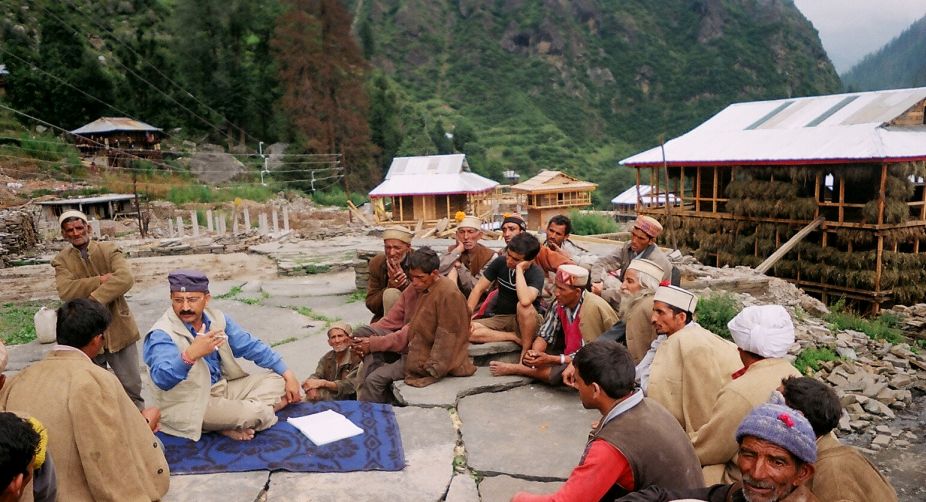
Illiterate Malanis in a session on alternative development by former officer with Narcotics Control Bureau
“We can’t survive in isolation in this changing world. We need a push to come to mainstream,” said Tej Singh, 21, proud first graduate from Malana, a village in Himachal Pradesh, which is famous as one of the oldest surviving self-governed society but infamous for illicit cannabis cultivation internationally.
Singh’s father, Beli Ram was the first matriculate from Malana in Kullu district in late 70s, who is now Deputy Ranger with the forest department. It took the poor folks in the village over three-and-half decades to traverse the distance from first matriculate to first graduate.
But winds of change are now blowing. Singh is preparing for post graduation in political science and four others from Malana, including two girls, are studying in government college, Kullu.
Seemingly, this socially, culturally and topographically isolated village in the hills is struggling to break the web of conservative environs clouded by illicit drug trade.
Parts of Kullu, Mandi, Chamba and Shimla in Himachal Pradesh are known for producing cannabis and opium illegally in private as well as revenue and forest lands. Malana is on top. The village has earned bad name with lots of foreigners allegedly making their hide-outs in the area for the high quality cannabis it produces. They engage the locals process it into narcotic drugs. In some parts of Europe, Malana cream, Malana gold, hashish, AK-47 etc. (drug products from Malana) are quite familiar names.
Malana involves a tough one hour trek from the nearest road. It has an Ayurveda dispensary and a high school (upgraded some time back) in the name of health and education infrastructure.
The village houses over 360 families, who are mostly illiterate and poor farmers. It has a conservative society governed by ‘Jamlu’ deity. ‘Malanis’ (the locals) do not defy the directives of the deity, fearing wrath.
“Deity still has a say. However, earlier, the villagers would take all the disputes to deity for solution. Now, the area is exposed to outer influence so other agencies also play a role,” said Bhagi Ram, 52, of Malana.
The village elders said they never wanted the road to come to Malana, for it would dilute the self-governed society.
But there is other side to it. As majority locals are allegedly neck deep involved in illegal cannabis production for economic reasons, they wanted to stay aloof.
The state government has, however, has remained a mute spectator keeping with the vote politics.
Some seeds of change in Malana were sown by a former Narcotics Control Bureau Officer, OP Sharma early last decade. Apart from enforcement, the officer put in voluntary effort to drift Malanis away from drugs by motivating them grow alternative cash crops.
He sensitized illiterate Malanis, taking a team of experts involving the then regional representative of United Nations Office on Drug and Crime (UNODC) for South Asia and former Narcotics Commissioner of India, Romesh Bhattacharji to Malana. The Police and development specialists too were mobilised.
“I tried an alternative model of development in Malana through a cooperative society Malana Vikalp some years back. It was joined by more than 250 families, who switched to cash crops like Peas, Rajmash and Apples for economy. But there was no government support, so it did not yield desired results,” Sharma said.
Modi to meet Afghan President Ghani in Amritsar
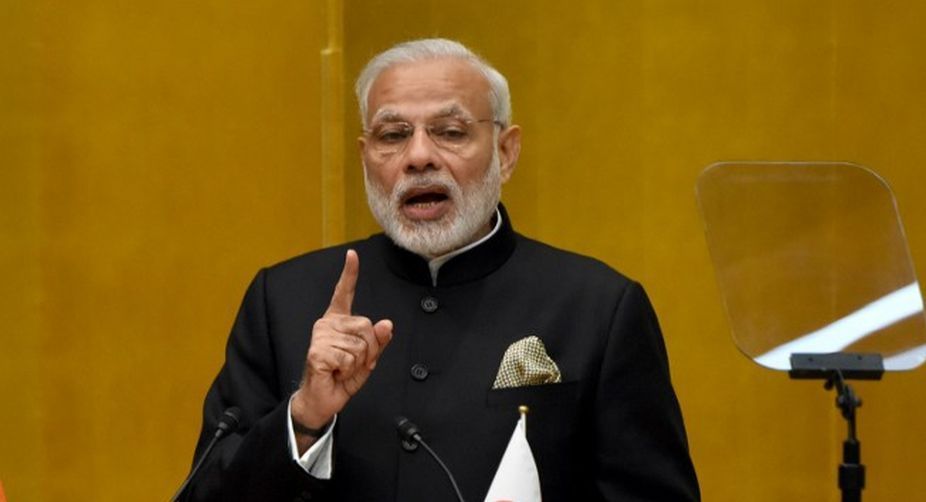
Prime Minister Narendra Modi (Photo: AFP)
UK’s Supreme Court set for highly-charged Brexit case
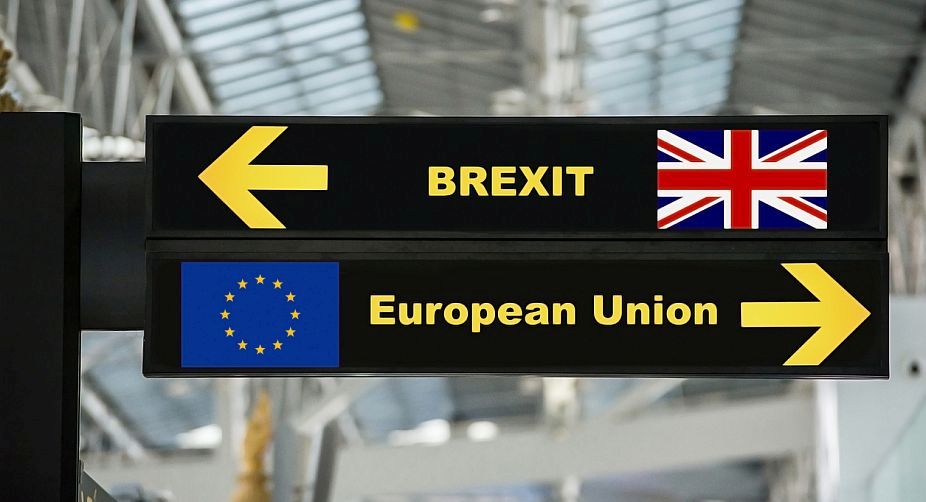
Representational image (Photo: Getty Images)





